Color Factory CEO Builds Vibrant Art Installations

Tina Malhotra thought her career was over when she left New York City and moved to Houston with her husband. After 10 years building installations with brands including LEGO, Google Fiber, and Converse, Malhotra, BBA, MPA ’06, wasn’t sure what her next move would be.
“Experiential marketing really thrives in locations like New York, LA, Miami, maybe Chicago,” Malhotra says. “They’re not doing brand activations in Houston.” Everything was changing, says Malhotra—she and her husband moved back to Texas to start a family, and her chapter in marketing in New York had ended. She was ready to start a new one.
But her break from the industry “didn’t last very long,” Malhotra says, laughing. She began freelancing from Houston for the New York agencies with which she had worked for years. And then she got a call from a friend with whom she’d interned at Goldman Sachs in the years immediately following her graduation from UT.
That friend had been working in digital marketing, too, and he’d just been hired as the CEO of a vibrant new place that was going to open in Houston called The Color Factory. He asked Malhotra if she wanted to be his second-in-command.
“I couldn’t say no to it, just because [this felt] like everything I’ve ever done in my career coming to a point,” Malhotra says. “This was a chance to create experiences that resonate with people and connect people.”
That was 2017. Since then, The Color Factory, an immersive, permanent art installation, has expanded to New York City and Chicago, in addition to its original Houston location. The Color Factory was an early player in the trend of “Instagram museums,” such as Meow Wolf and The Museum of Ice Cream, that are designed to be captured and widely shared on social media. But Jordan Ferney, The Color Factory’s founder, told Forbes that her goal was to develop an experience that went beyond content creation. “It was really important to me it wasn’t just a set,” Ferney said.
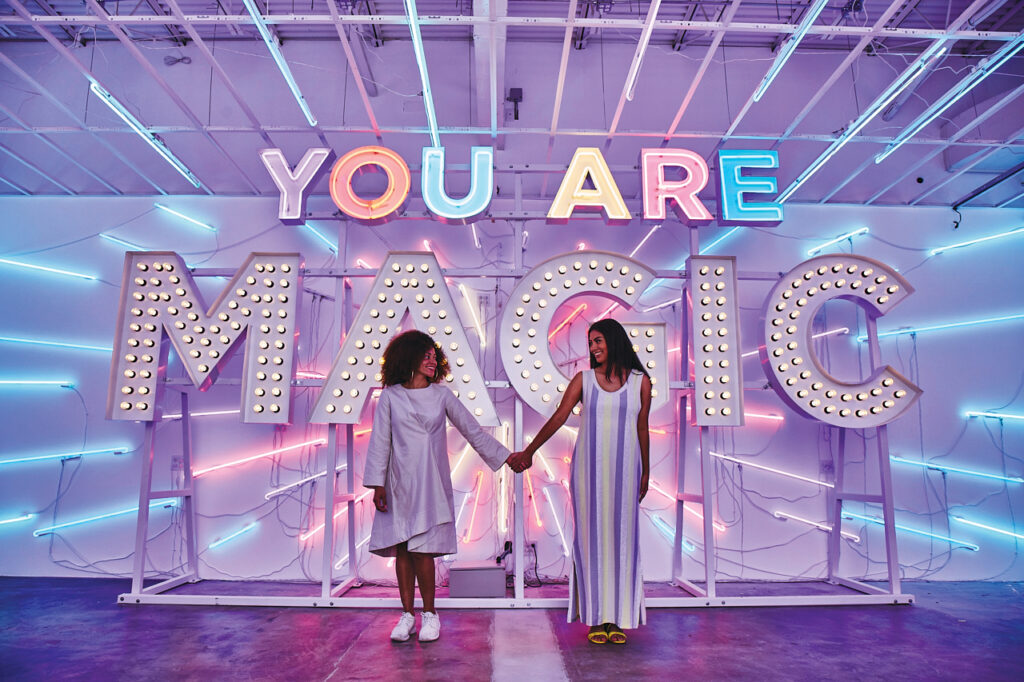
Malhotra is now the CEO, a role she assumed in the fall of 2021. It all started with building out the Houston location, her first major project with the company.
“I was driving by what would become the Houston location. It was, like, a modern furniture store on Kirby Drive, and it was going out of business, and I just pulled over, took down the number, and started calling,” Malhotra says.
The Color Factory Houston opened in October 2019 and now has 14 exhibits, including a confetti room, a moon-shaped ball pit created with NASA, and a room featuring floating, colorful spheres held up by columns of air. Malhotra says people weren’t sure about it at first, but “after a few weeks, it went pretty viral.” Unfortunately, the pandemic slowed down business, but they were able to bounce back.
One of the factors that makes The Color Factory different from other art installations is its longevity; others usually swoop into a city, take over a space for a few weeks or a few months, and move right on to the next location. The Color Factory is permanent, though its rooms do change and shift over time. Another big difference, Malhotra says, is the way they curate their locations to each city.
“Each location is like a love letter to the city,” Malhotra says. “We spend a lot of time immersing ourselves in that city. We really want to reflect the community that we’re in, and we do that through the artists.”
Malhotra says The Color Factory works with as many local artists as possible, but they also bring in national and international artists who may not otherwise be exposed to audiences in these cities.
The Color Factory also works with local businesses in each city, namely as what Malhotra called “treat vendors,” or the folks who sell snacks in their locations.
Not only do Malhotra and her team want to reflect the communities they’re in—they want to give back, too.
“We work with three local nonprofits per city. They’re all unique and tie back in different ways,” Malhotra says. “We have collaborations in our gift shop, or we actually integrate them into our spaces.”
At The Color Factory’s Chicago location, they collaborated with 826CHI, a nonprofit that hosts creative writing workshops and tutoring for the city’s youth. They created an installation based around the nonprofit’s annual book of poetry, which includes writing from students in the program.
“We pulled excerpts of certain poems that felt like they tied to color, and we built an entire room based on them,” Malhotra says. “We have these big orbs that float up and down on columns of air, and the scene that it’s set in feels like a sunrise. Then we have an excerpt of a poem that talks about the sunrise.”

Malhotra says the collaborations have to feel authentic, “not just like we’re trying to check a box.”
Nothing about The Color Factory feels like box-checking. Malhotra says with every location, they start with a custom color palette.
“Our team will hire a local artist or photographer to go out and take hundreds or thousands of photos all over the city,” Malhotra says. “They’re taking pictures of iconic things, like NASA’s rocket or a concha from El Bolillo Bakery, because that one image represents so much about Houston and the diversity and the food.”
Then, they whittle those photos down into color palettes.
“Houston has 30 colors. I think Chicago is 36. New York is 100, and that was one photo taken from every block of New York City,” Malhotra says. “It’s a detail that most people probably don’t notice, but I think it’s really indicative of how in depth we go.”
It’s how Malhotra differentiates The Color Factory’s work from some of the other immersive art installations people can see, permanent or traveling. The other biggest differentiator? The sheer amount of color itself.
“The original creation of The Color Factory was born out of this observation that color is incredibly powerful,” Malhotra says. “It’s a universal language, and it has an ability to change moods.”
Part of The Color Factory’s mission, too, is about reigniting childlike wonder.
“As kids you’re exposed to so much color—your clothes and your toys and your room. And then the older we get, the more color sort of escapes our lives. There are all these studies done about how everything is becoming more neutral,” Malhotra says.
She’s right. A 2020 article in Psychology Today criticized Americans’ aversion to color, but that hasn’t always been the case. Malhotra referenced midcentury modern decor, filled with teals and pinks and oranges.
“We want to bring color back into people’s lives,” she says.
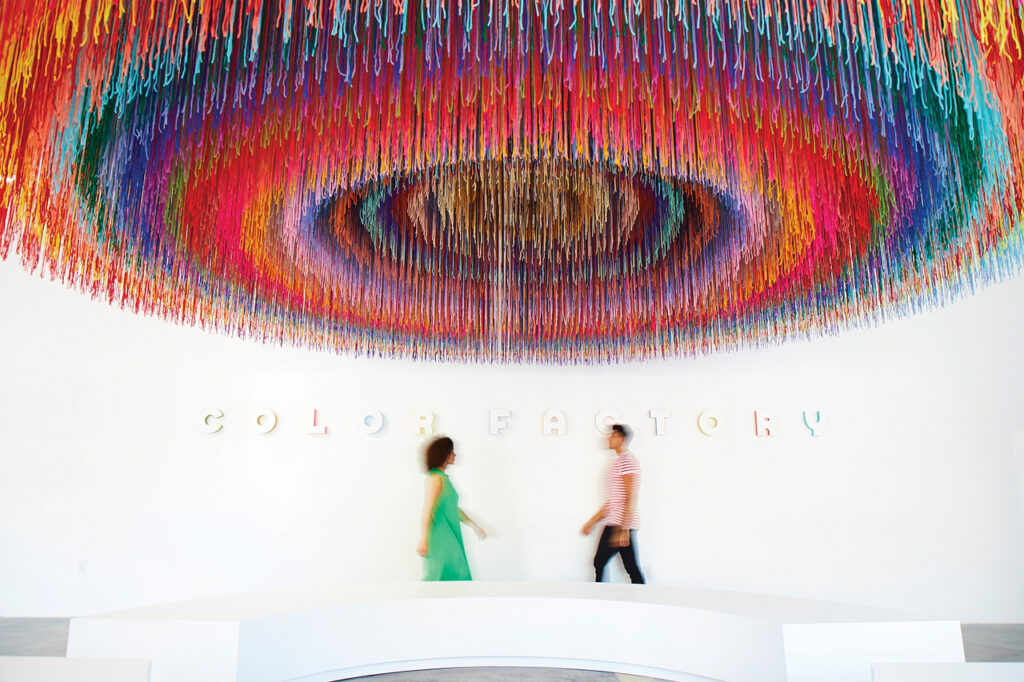
Working with The Color Factory has made her own life more colorful, too. Her home office features a large, vibrant piece of art serving as a Zoom background, and her LinkedIn photo shows her wearing a lime green button-down shirt.
“I think I’ve always been really drawn to color,” Malhotra says. “[The Color Factory] maybe just enhanced it a little bit. A question I get all the time is, ‘What’s your favorite color?’ And I don’t actually have one, because there are too many.”
And it’s not about just looking at colorful rooms. The Color Factory is interactive and educational, and the rooms are meant to make people think more critically about color. Like in Malhotra’s favorite room—a “tasting experiment” at the Chicago location.
“You’re tasting candy that is all white, and you’re trying to see, ‘What color does this taste like?’ Because color influences your sense of taste,” Malhotra says.
There’s also a room called “Chromaroma,” where visitors experience a smell, but they’re not told what it is.
“For example, you’re looking at a red circle on the wall, and you’re smelling it, and you’re like, ‘This is so familiar.’ And it’s cinnamon,” Malhotra says. “It’s got a little bit of a Willy Wonka vibe.”
Beyond reconnecting with color (and their senses), Malhotra also wants people to reconnect with each other.
“Everything we produce is inherently beautiful, and so if you want to take a photo, we’re happy about that. But we think about the in-person experience so much more,” Malhotra says. “The world is moving so fast toward being heads-down and in your phone, and we want to give people an opportunity to be present and connect.”
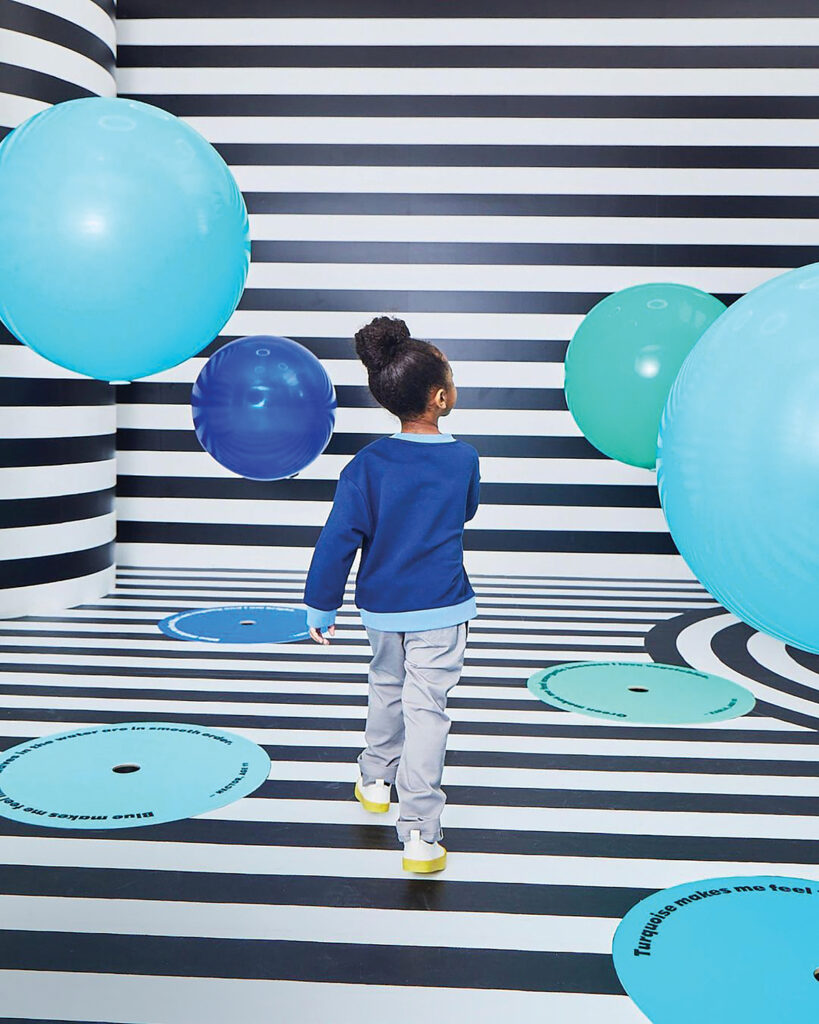
CREDITS: The Color Factory

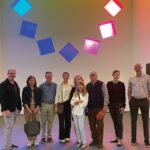




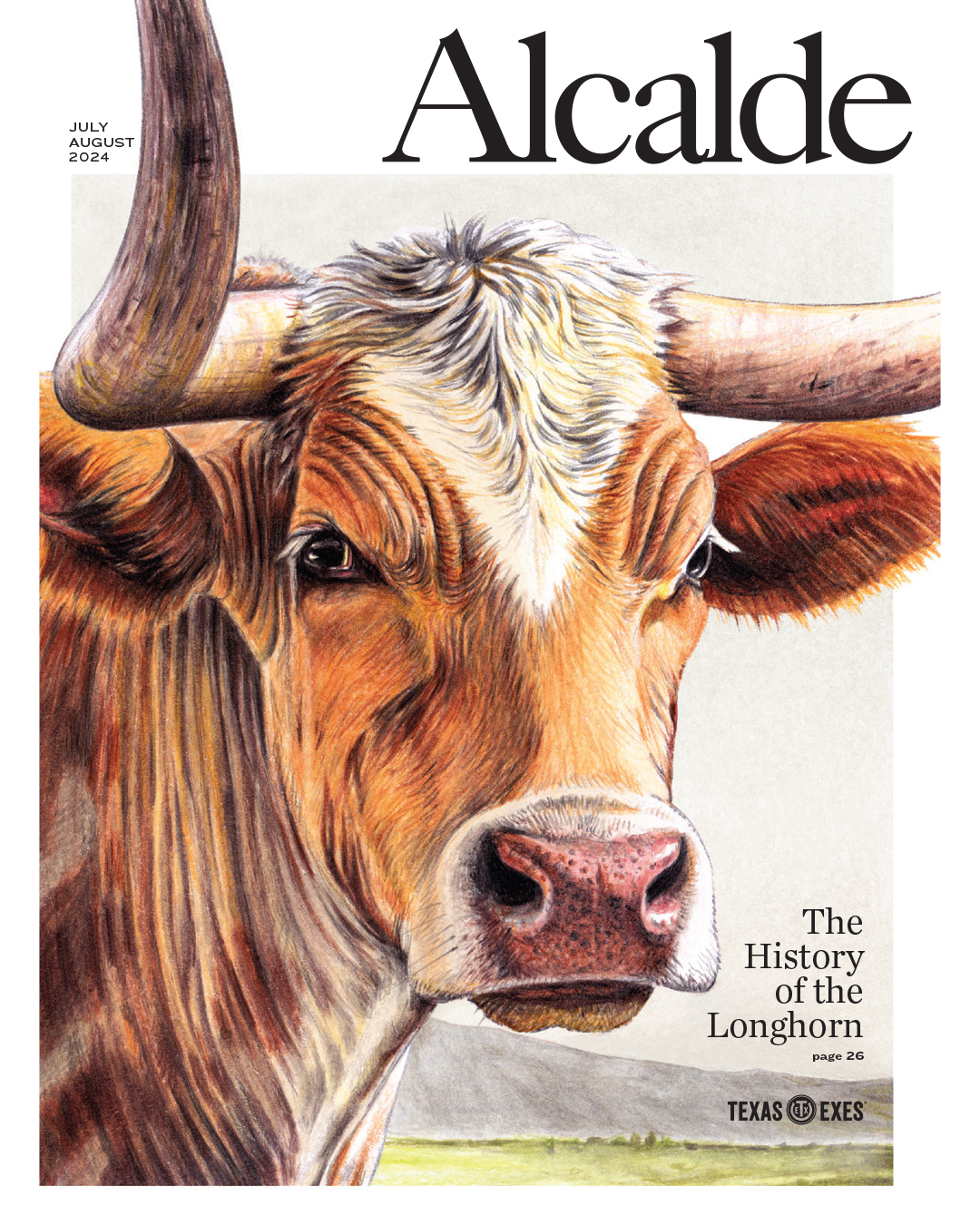

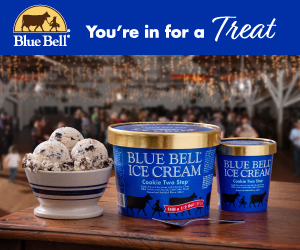

No comments
Be the first one to leave a comment.